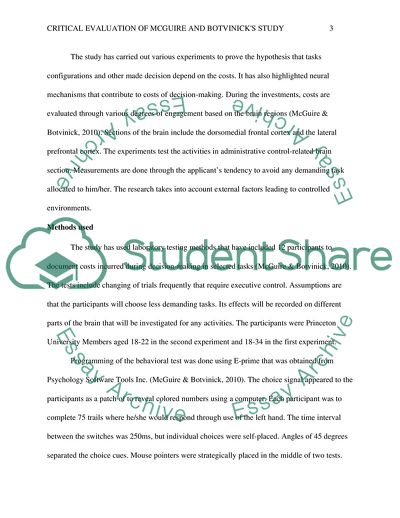Cite this document
(Critical Evaluation of McGuire and Botvinick's Study Article Example | Topics and Well Written Essays - 2250 words, n.d.)
Critical Evaluation of McGuire and Botvinick's Study Article Example | Topics and Well Written Essays - 2250 words. https://studentshare.org/psychology/1841183-critical-evaluation-of-mcguire-and-botvinicks-study
Critical Evaluation of McGuire and Botvinick's Study Article Example | Topics and Well Written Essays - 2250 words. https://studentshare.org/psychology/1841183-critical-evaluation-of-mcguire-and-botvinicks-study
(Critical Evaluation of McGuire and Botvinick'S Study Article Example | Topics and Well Written Essays - 2250 Words)
Critical Evaluation of McGuire and Botvinick'S Study Article Example | Topics and Well Written Essays - 2250 Words. https://studentshare.org/psychology/1841183-critical-evaluation-of-mcguire-and-botvinicks-study.
Critical Evaluation of McGuire and Botvinick'S Study Article Example | Topics and Well Written Essays - 2250 Words. https://studentshare.org/psychology/1841183-critical-evaluation-of-mcguire-and-botvinicks-study.
“Critical Evaluation of McGuire and Botvinick'S Study Article Example | Topics and Well Written Essays - 2250 Words”. https://studentshare.org/psychology/1841183-critical-evaluation-of-mcguire-and-botvinicks-study.


